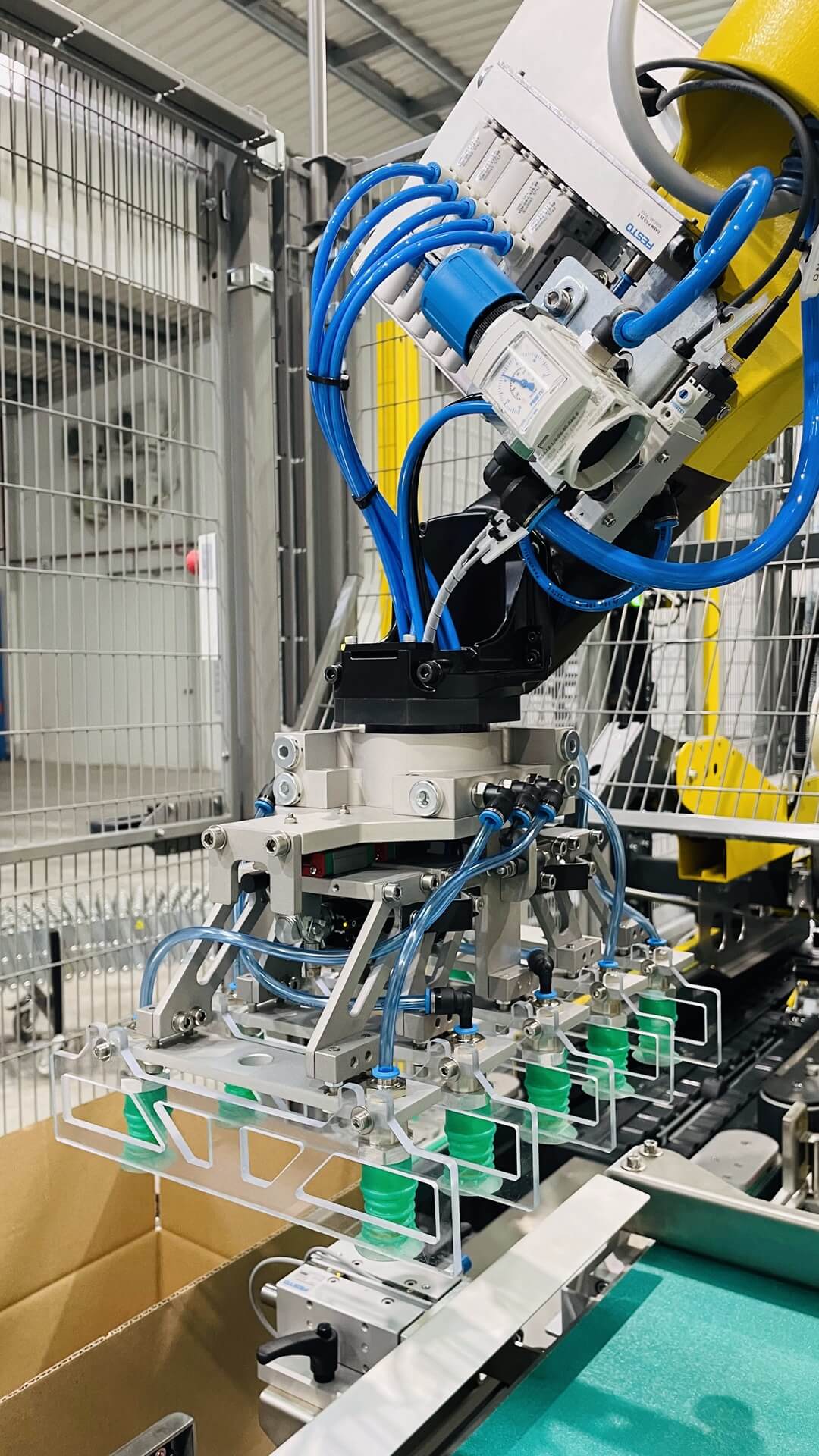
Production efficiency is one of the key performance indicators for modern industrial companies. It’s often compared, analyzed, and discussed—for a reason. But why, under similar conditions, does one company reach 90% efficiency while another stops at 60%? What makes some consistently advance their production lines, while others struggle with downtimes, losses, and lack of visibility?
High production efficiency isn’t accidental. Behind each result are specific decisions: how we organize processes, manage people, and deploy modern technologies. Companies approaching 90% understand that efficiency is built on data, automation, and responsible change management.
In discussions with manufacturers, we often return to the “three fives” rule:
That top tier—90% efficiency—is typically achieved by firms using robotics, automation, and ongoing OEE measurement.
OEE is more than a number—it’s a mirror showing both performance and untapped potential. It considers machine availability, performance, and quality. Companies using it often discover their largest losses come not from breakdowns, but from small, repeatable stoppages and poor data quality. Without accurate measurement, optimization is guesswork.
High-efficiency companies share one trait: decisions based on facts, not intuition. Data from machines, production lines integrated with MES or ERP systems, automated reporting, and real-time quality control—these aren’t luxuries; they’re foundations of modern production.
One food-industry client saw a 12% increase in efficiency within six months after implementing automated downtime monitoring—because they had been unaware of how much time was wasted on untracked minor stops.
A common refrain is, “We want robotics because competitors have it.” But technology alone doesn’t guarantee success. Automation should support well-designed processes—not replace gaps. Robotics is best for repetitive, precise tasks, but requires thoughtful integration into the wider system.
Yes—but only if they commit to reviewing their processes deliberately. Sometimes it’s enough to start with a single production cell, implement an OEE measurement tool, automate scheduling or task allocation, and quickly identify the biggest losses.
From our experience, the first step isn’t a huge investment—it’s asking the right questions:
Efficiency depends on many factors—but the greatest impact comes from leadership decisions. Companies nearing 90% don’t seek shortcuts. They invest in data, people, and technology. And above all—they don’t operate blindly.
Want to learn step by step how to boost efficiency at your company? See how we can help with automation, robotics, and OEE analysis solutions.
By combining process knowledge and technology, we help companies not only improve metrics—but build systems that sustain high efficiency consistently.